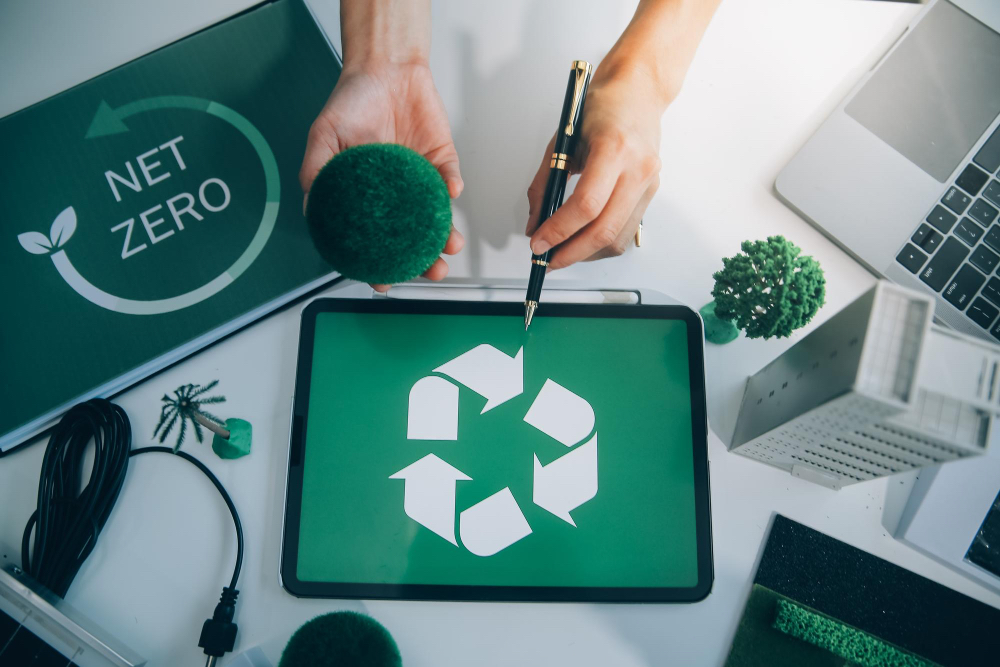The proliferation of up cycled products across Singapore represents less a design trend than an adaptation to an existential problem: a densely populated island nation running out of space to bury its waste. In a country where land scarcity shapes every policy decision, where the only landfill will reach capacity within a decade, and where incineration already processes two-thirds of all refuse, the question is not whether alternatives must emerge but whether they will emerge quickly enough. Upcycling, the practice of transforming discarded materials into goods of higher value, has moved from artisan hobby to potential necessity, revealing both human ingenuity and the constraints of living on 730 square kilometres shared by nearly six million people.
The Arithmetic of a Small Island
Singapore disposes of approximately 7.7 million tonnes of waste annually, a figure that has climbed relentlessly despite government campaigns promoting reduction. The numbers tell a story of consumption outpacing disposal capacity. Each resident generates roughly 1.4 kilograms of waste daily. Multiply that across the population and across 365 days, and you arrive at a mountain of discarded materials requiring somewhere to go on an island with nowhere to put it.
Semakau Landfill, built offshore on a man-made island, was supposed to last 50 years when it opened in 1999. Current projections suggest it will fill by 2035, decades ahead of schedule. Once Semakau reaches capacity, Singapore faces a choice between building another offshore landfill at enormous cost, shipping waste elsewhere (assuming anyone will accept it), or fundamentally changing how materials flow through its economy. Against this backdrop, upcycling appears less as environmental luxury than pragmatic necessity.
The Logic of Material Preservation
Traditional recycling, whilst valuable, operates within constraints that upcycling sidesteps. Recycling breaks materials down to constituent components before remanufacturing, a process requiring energy, water, and industrial infrastructure. Quality degrades with each cycle. Plastics become progressively weaker, paper fibres shorten, even metals accumulate impurities that limit reuse applications. Eventually, most recycled materials reach points where further processing becomes uneconomical or impossible.
Upcycling preserves the form whilst changing the function. A shipping container becomes a café. Decommissioned fire hoses transform into furniture. Advertising banners reemerge as bags. The energy already invested in manufacturing remains embedded in the material. No melting, pulping, or chemical processing extracts environmental costs. The primary inputs become human creativity and labour, both abundant in Singapore despite the island’s resource constraints.
This distinction matters economically and environmentally. Singapore imports virtually everything, including raw materials for manufacturing. Every tonne of waste upcycled represents resources not requiring import, processing, or eventual disposal. The calculation becomes particularly relevant as global supply chains face disruption and resource costs climb.
Examples from the Ground
Walk through any of Singapore’s maker spaces or sustainable shops and the variety becomes apparent. Furniture constructed from pallets that once carried container cargo. Textiles sewn from industrial offcuts and damaged inventory. Jewellery fashioned from electronic waste components. Planters made from decommissioned water tanks. Each item represents materials intercepted before reaching incinerators or landfills.
The creators behind these transformations often describe similar origin stories. They noticed waste, saw potential, experimented with techniques, then discovered markets willing to pay premiums for goods carrying environmental credentials and uniqueness. What began as individual projects have evolved into businesses employing designers, craftspeople, and fabricators.
Some examples reveal how upcycling addresses specific waste streams:
- Textile waste, which comprises roughly 7% of Singapore’s total refuse, becomes clothing, bags, and home goods through creative cutting and reassembly.
- Wood waste from construction and furniture manufacturing transforms into tables, shelving, and architectural elements that command prices exceeding comparable new items.
- Plastic containers and packaging become storage solutions, organisers, and display fixtures, particularly appealing to businesses seeking visible sustainability commitments.
The Limits of Individual Action
Yet enthusiasm for upcycling must be tempered with realism about scale. Singapore generates waste measured in millions of tonnes. Even optimistic projections for upcycling might divert thousands of tonnes, a meaningful but insufficient response. The mathematics simply do not support upcycling as primary solution to waste challenges.
Where up cycled products matter most is in changing perspectives about materials and value. Each upcycled item purchased represents a consumer choosing durability over disposability, provenance over mass production, repair over replacement. These individual choices accumulate into cultural shifts that may prove more significant than the tonnage diverted.
The items themselves also function as visible reminders that waste is a design flaw rather than inevitable outcome. A bag made from billboard vinyl prompts questions about why such durable material was designated for single use. A chair built from shipping pallets reveals the quality of materials routinely discarded. These objects make waste tangible and personal in ways that statistics about landfill capacity cannot.
An Evolving Necessity
Singapore’s government has begun recognising upcycling’s role, if modest, in waste reduction strategies. Grants support social enterprises focused on material recovery. Educational programmes teach upcycling skills. Public procurement guidelines increasingly favour products with recycled or upcycled content. The support remains limited compared to investments in incineration and traditional recycling, but the trajectory suggests growing acknowledgment of upcycling’s place in waste management portfolios.
The future likely requires not choosing between upcycling, recycling, and waste reduction but implementing all strategies simultaneously with appropriate scale for each. In a nation where land scarcity makes waste disposal increasingly expensive and complicated, up cycled products represent one response among many needed, a demonstration that creativity can extract value from what others abandon.




